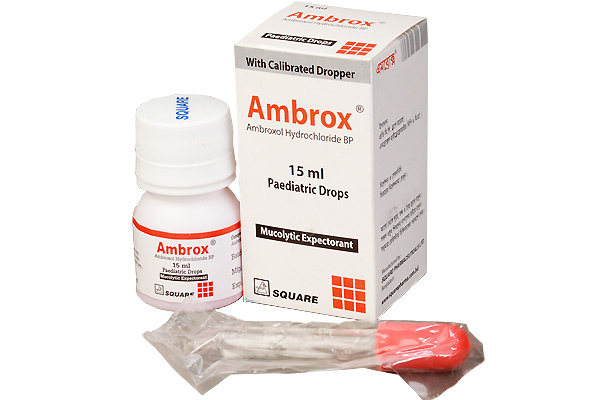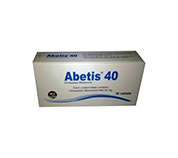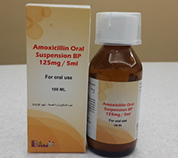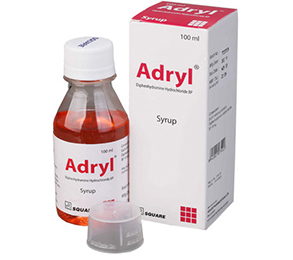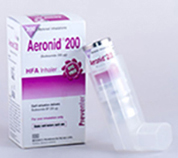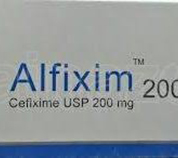Ambrox 15ml 1 Pc
Alternative products
Indications
- Acute and chronic diseases of respiratory tracts associated with viscid mucus including acute and chronic bronchitis
- Productive cough
- Inflammatory diseases of Rhinopharyngeal tract (e.g. Laryngitis, Pharyngitis, Sinusitis and Rhinitis) associated with viscid mucus
- Asthmatic bronchitis, Bronchial asthma with difficult departure of mucus
- Bronchiectasis
- Chronic pneumonia.
Therapeutic Class
Cough expectorants & mucolytics
Pharmacology
Ambroxol is a metabolite of Bromhexine. It possesses mucokinetic (improvement in mucus transport) and secretolytic (liquefies secretions) properties. Ambroxol stimulates the serous cells of the glands of the mucous membrane of bronchi, increasing the content of mucus secretion. The mucolytic effect is associated with depolymerization and splitting of mucoproteins and mucopolysaccharide fibres, which leads to reduction in the viscosity of mucus. Expectoration of mucus is facilitated and breathing is eased considerably. Ambroxol stimulates production of phospholipids of surfactant by alveolar cells. Ambroxol has anti-inflammatory properties. In patients with COPD, it improves airway patency. Beside these, Ambroxol also exhibits anti oxidant activity. Long-term use is possible because of the good tolerability of the preparation.
Dosage & Administration
Average daily dose (preferably after meal):
Pediatric Drops:
- 0-6 months: 0.5 ml 2 times a day
- 6-12 months: 1 ml 2 times a day
- 1-2 years: 1.25 ml 2 times a day
Syrup:
- 2-5 years: 2.5 ml (1/2 teaspoonful) 2-3 times a day
- 5-10 years: 5 ml (1 teaspoonful) 2-3 times a day
- 10 years and adults: 10 ml (2 teaspoonful) 3 times a day.
Sustained release capsule:
- Adult and children over 12 years old: 1 capsule once daily
Specific application features: Ambroxol may be prescribed to patients suffering from diabetes mellitus.
Interaction
Ambroxol has no interaction with cardioactive glycosides, corticosteroids, bronchodilators, diuretics and antibiotics (normally used in the treatment of bronchopulmonary affections). But Ambroxol should not be taken simultaneously with antitussives (e.g. Codeine) because mucus, which has been liquefied by Ambroxol, might not be expectorated.
Contraindications
Contraindicated in known hypersensitivity to Ambroxol or Bromhexine.
Side Effects
Gastrointestinal side-effects like epigastric pain, gastric fullness may occur occasionally. Rarely allergic responses such as eruption, urticaria or angioneurotic edema may occur.
Pregnancy & Lactation
Pregnancy: Teratogenic and fetal toxicity studies have shown no harmful effect of Ambroxol. However, it is advised not to use during pregnancy, especially in the 1st trimester.
Lactation: Safety during lactation has not been established.
Precautions & Warnings
Ambroxol should be given cautiously to patients with gastric and duodenal ulceration or convulsive disorders. Patients with hepatic and renal insufficiency should take it with caution.
- Type Pediatric drops
- Tag
- Morbi leo risus
- Porta ac consectetur ac
- Vestibulum at eros
